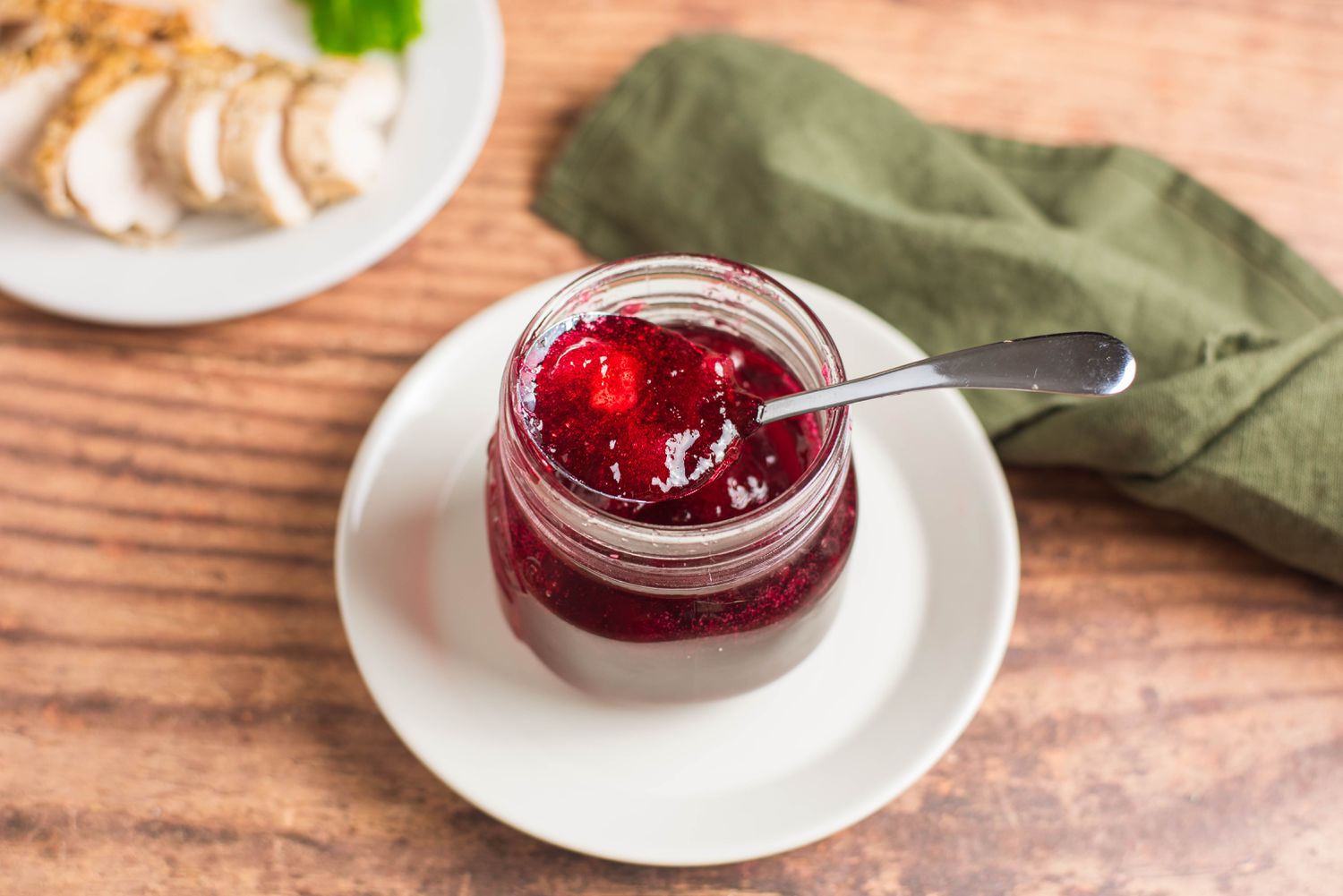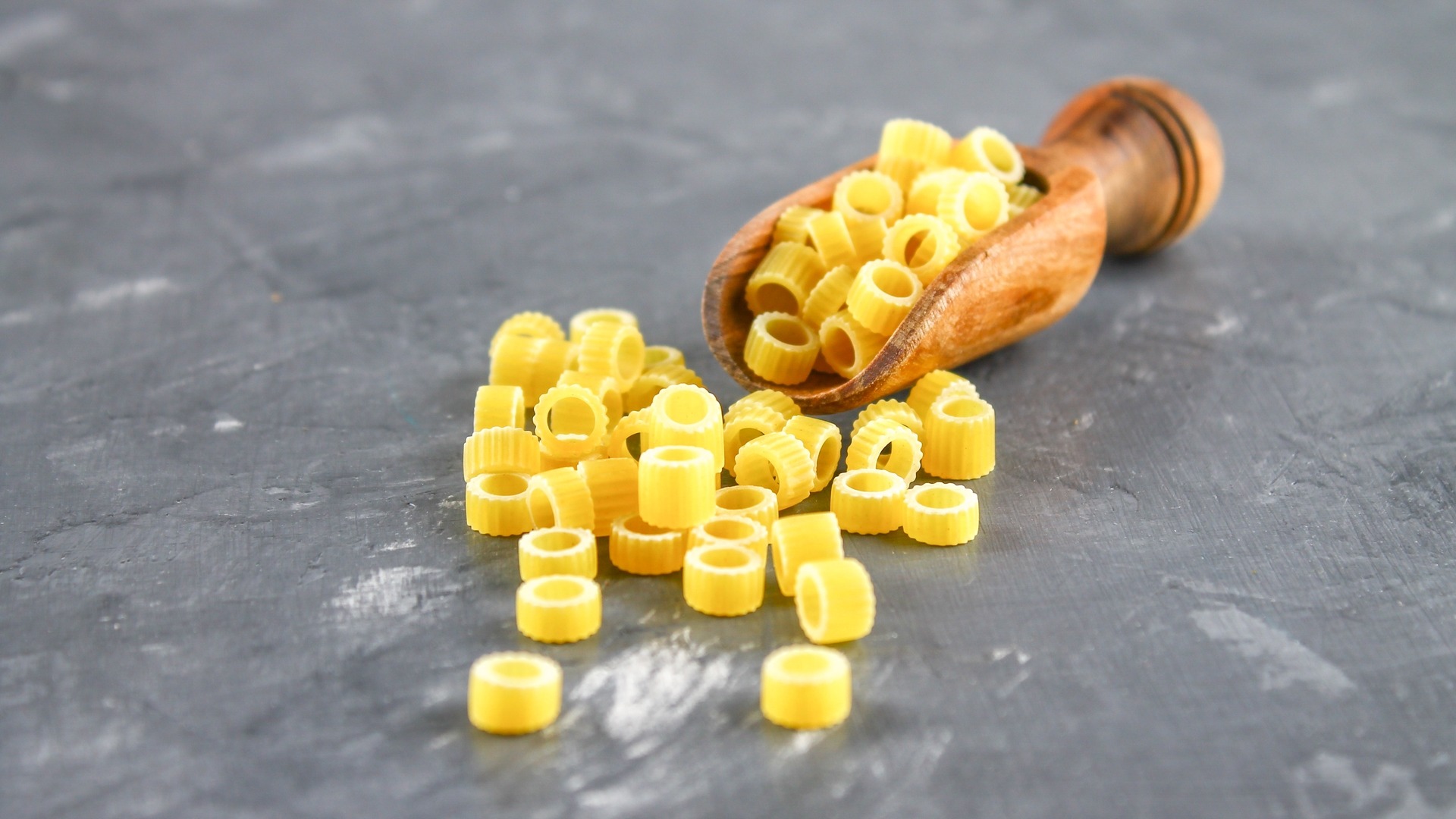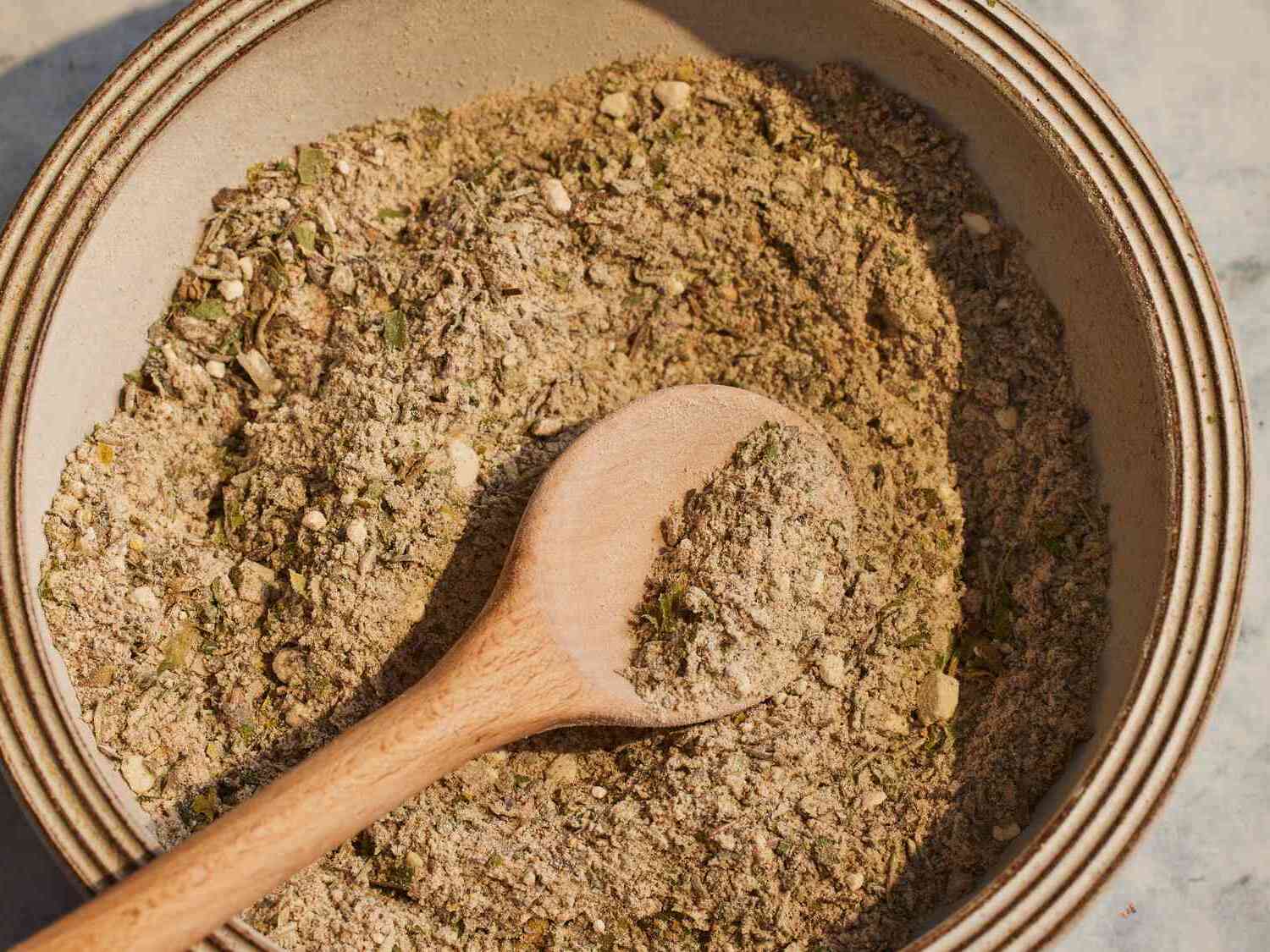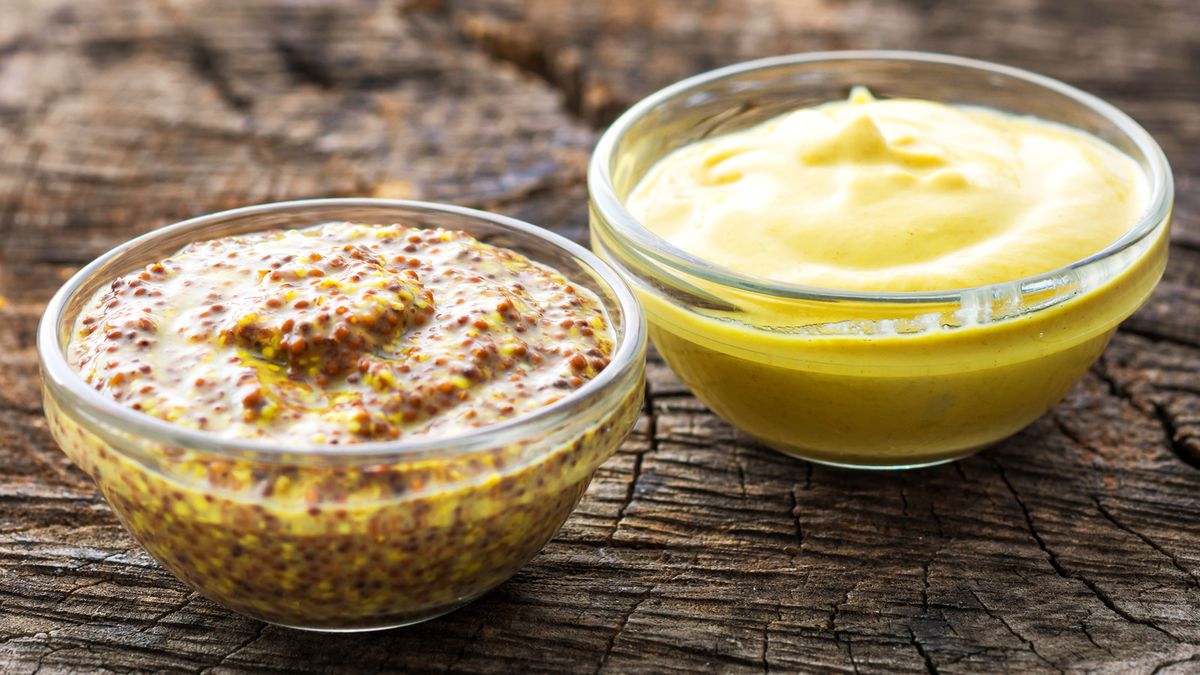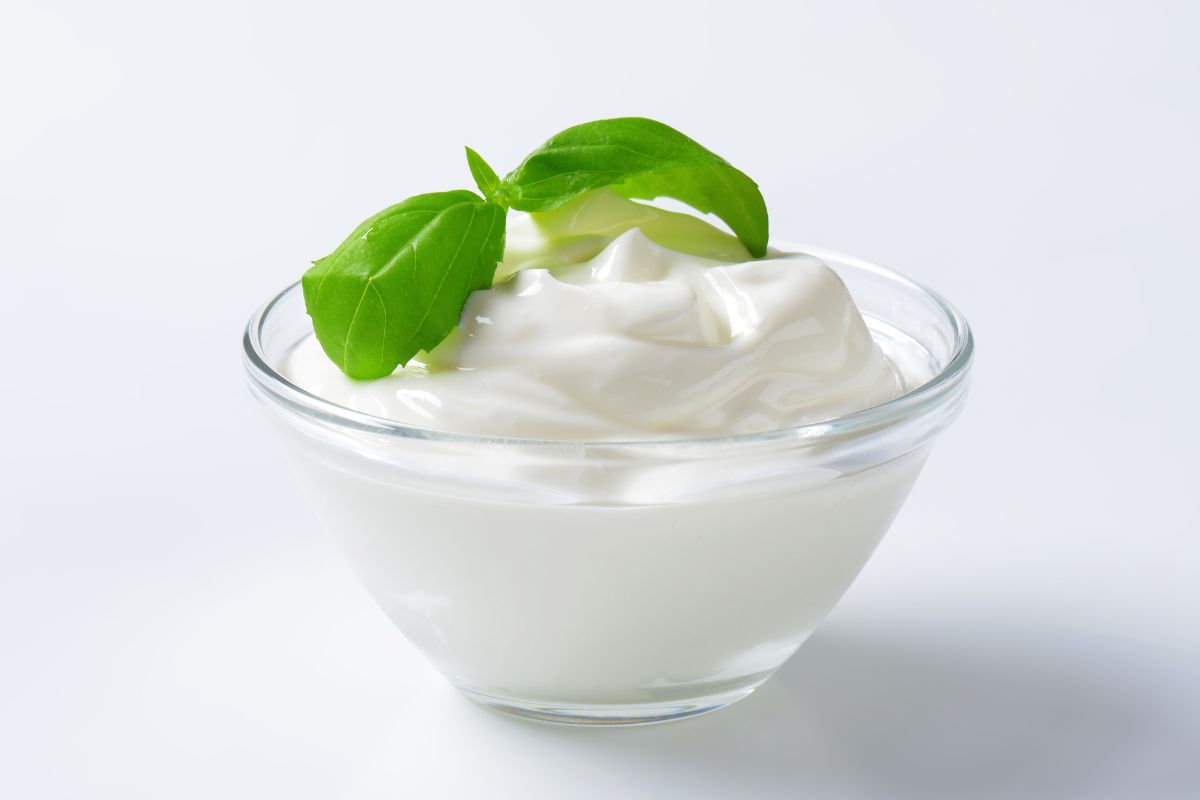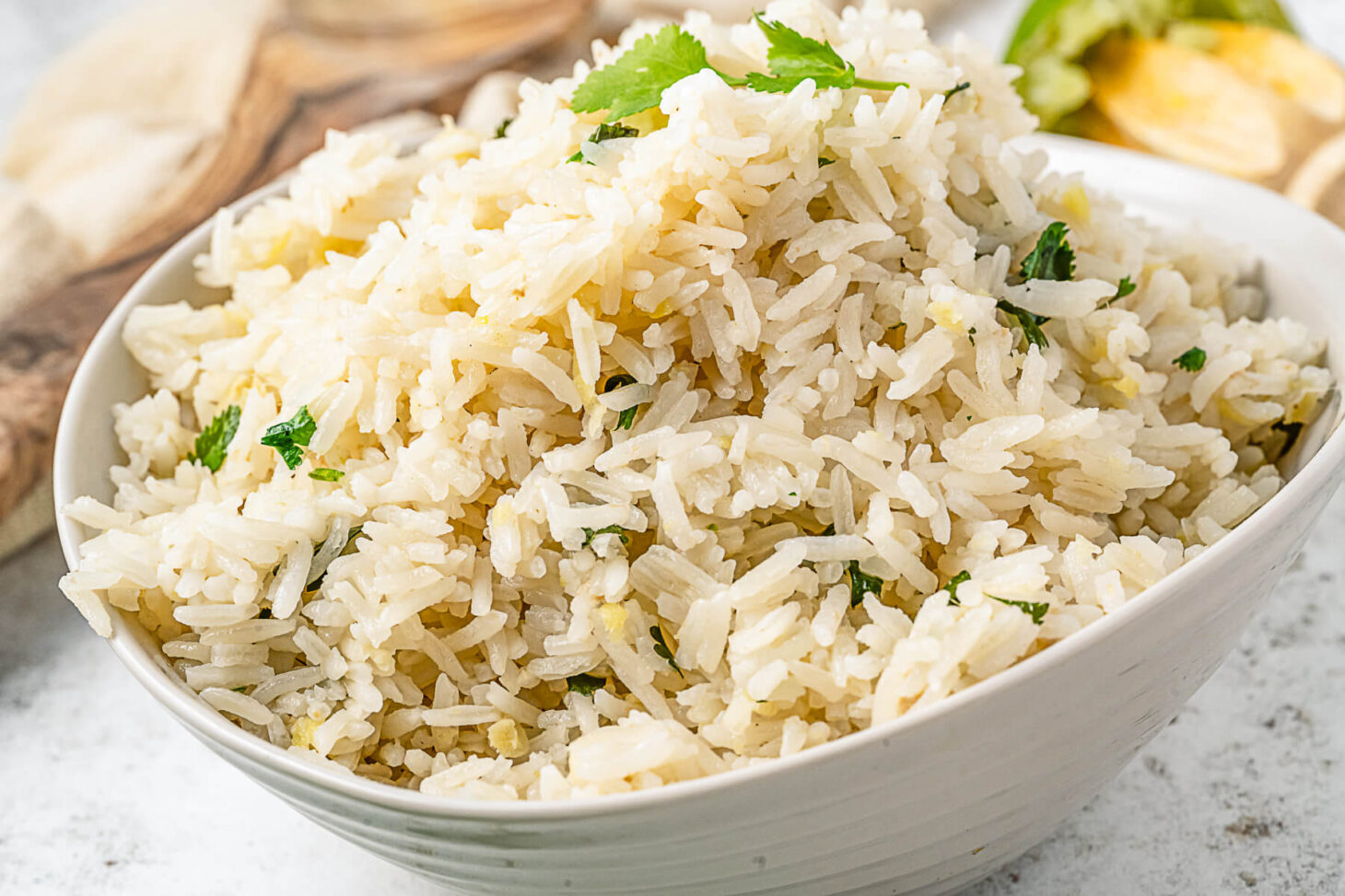When it comes to holiday desserts, two classic treats often come to mind: figgy pudding and fruitcake. While both are popular during the festive season, they are distinct in their ingredients, flavors, and traditions. Let's delve into the differences between these two beloved desserts.
Figgy Pudding
Figgy pudding is a traditional English dessert that has been enjoyed for centuries, especially during Christmas time. Despite its name, figgy pudding doesn't always contain figs. In fact, it is a moist, dense, and rich steamed pudding that is typically made with dried fruits, spices, and breadcrumbs. The inclusion of suet, a type of animal fat, gives figgy pudding its distinctive texture and flavor.
Key Characteristics of Figgy Pudding:
- Moist and dense texture
- Rich, spiced flavor
- Contains dried fruits and suet
- Often served warm with a sweet sauce or custard
Fruitcake
Fruitcake, on the other hand, is a dense cake that is packed with a variety of candied and dried fruits, nuts, and spices. It is often soaked in alcohol, such as brandy or rum, which helps preserve the cake and infuse it with rich, boozy flavors. Fruitcake has a long shelf life, making it a popular choice for gifting during the holiday season.
Key Characteristics of Fruitcake:
- Dense and rich cake
- Loaded with candied and dried fruits, nuts, and spices
- Often soaked in alcohol for preservation and flavor
- Can be enjoyed for an extended period due to its long shelf life
The Differences
While both figgy pudding and fruitcake are rich, decadent desserts enjoyed during the holidays, there are several notable differences between the two:
- Ingredients: Figgy pudding primarily contains dried fruits, breadcrumbs, and suet, while fruitcake is packed with a variety of candied and dried fruits, nuts, and spices.
- Texture: Figgy pudding has a moist and dense texture, while fruitcake is a dense cake with a chewy, fruity consistency.
- Flavor: Figgy pudding is known for its rich, spiced flavor, while fruitcake offers a mix of sweet, fruity, and nutty flavors, often enhanced by the presence of alcohol.
- Traditions: Figgy pudding is often associated with the English Christmas tradition and is sometimes set on fire before serving, while fruitcake has a global presence and is commonly exchanged as a holiday gift.
Which One Should You Choose?
Ultimately, the choice between figgy pudding and fruitcake comes down to personal preference. If you enjoy a moist, spiced pudding with a rich history, figgy pudding may be the perfect choice for you. On the other hand, if you appreciate a dense, fruity cake with a hint of boozy indulgence, fruitcake might be the ideal dessert for your holiday celebrations.
Whether you opt for figgy pudding or fruitcake, both desserts carry with them a sense of tradition and nostalgia, making them delightful additions to any festive spread. So, why not try both and savor the unique flavors and textures that each one has to offer? After all, the holiday season is a time for indulgence and celebration, and these classic desserts certainly embody the spirit of joy and abundance.
Was this page helpful?
Read Next: What Is Frozen Cool Whip
